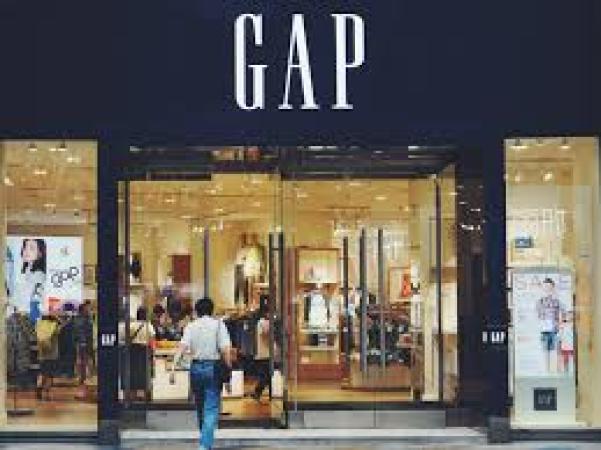Gap delivered better-than-expected results in its first-quarter earnings report, but the company is now facing serious challenges from the latest round of tariffs issued under President Trump’s trade policies. These new duties could cost the company between $100 million and $150 million, despite efforts to reduce the impact.
Without any action, the total cost might have reached up to $300 million, but Gap has already taken steps to reduce about half of that. The company is focusing on diversifying its supply chain and cutting its reliance on China. For example, Gap plans to increase its cotton sourcing from the United States to help reduce tariff-related costs.
Even with these efforts, investors reacted strongly — the company's stock fell more than 15% in after-hours trading. CEO Richard Dickson said they’re not planning major price hikes for customers, and he remains optimistic that strong brand performance can carry the company through these challenges.
Gap’s first-quarter results were strong:
Earnings per share: 51 cents vs. 45 cents expected
Revenue: $3.46 billion vs. $3.42 billion expected
Net income: $193 million, up from $158 million last year
While overall sales were up 2%, the company’s forecast for future growth and profit margins were more cautious. Sales for the full year are expected to grow between 1% and 2%, with flat growth expected for the next quarter.
Tariffs are not the only issue. Gap's brands are performing differently:
Old Navy had $2 billion in sales (up 3%) with strong denim and activewear performance.
Gap (the brand) also saw growth, with a 5% sales increase — a key result of Dickson’s turnaround efforts.
Banana Republic struggled with a 3% sales drop.
Athleta was the weakest performer, with sales down 6% and an 8% drop in comparable sales.
The company admitted Athleta’s struggles are due to having too many trend-focused items that didn’t appeal to its main customer base. Fixing the brand will take time, but Dickson believes the company is on the right path overall.

